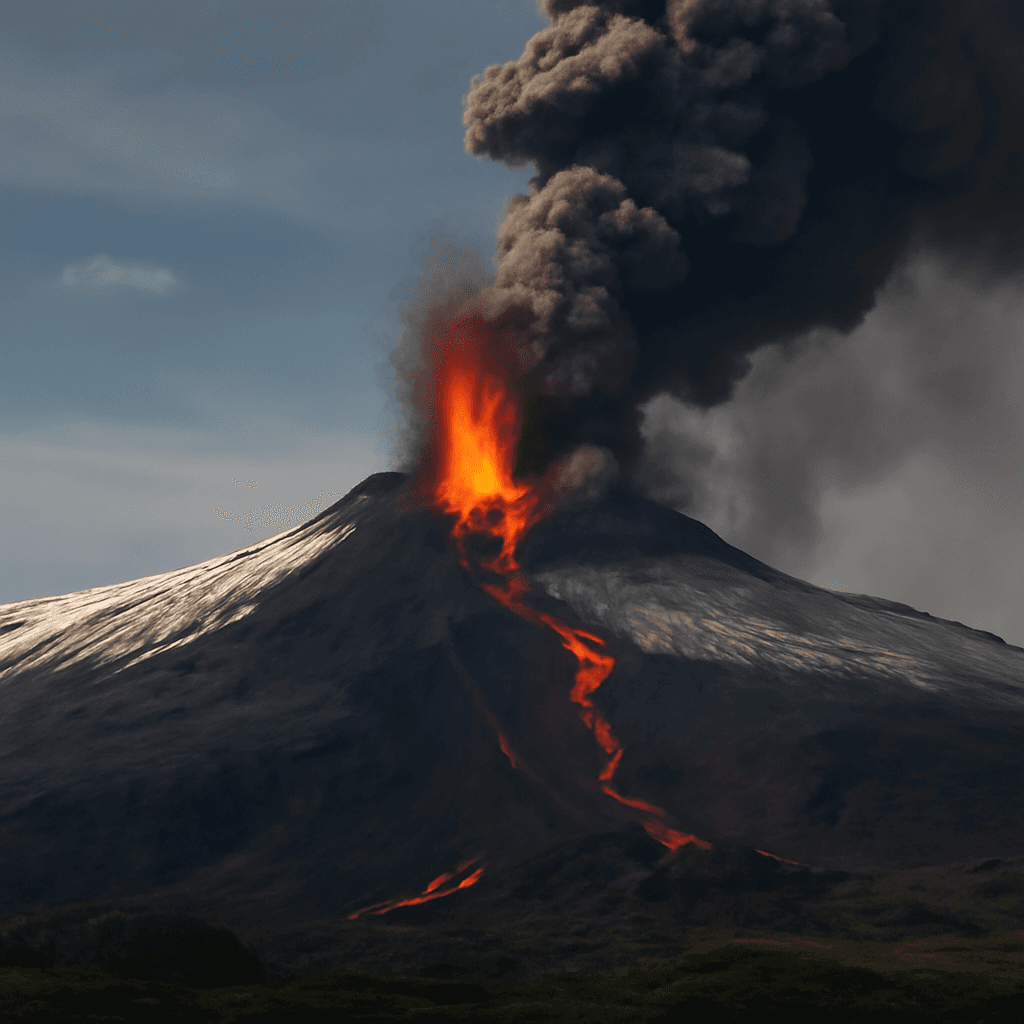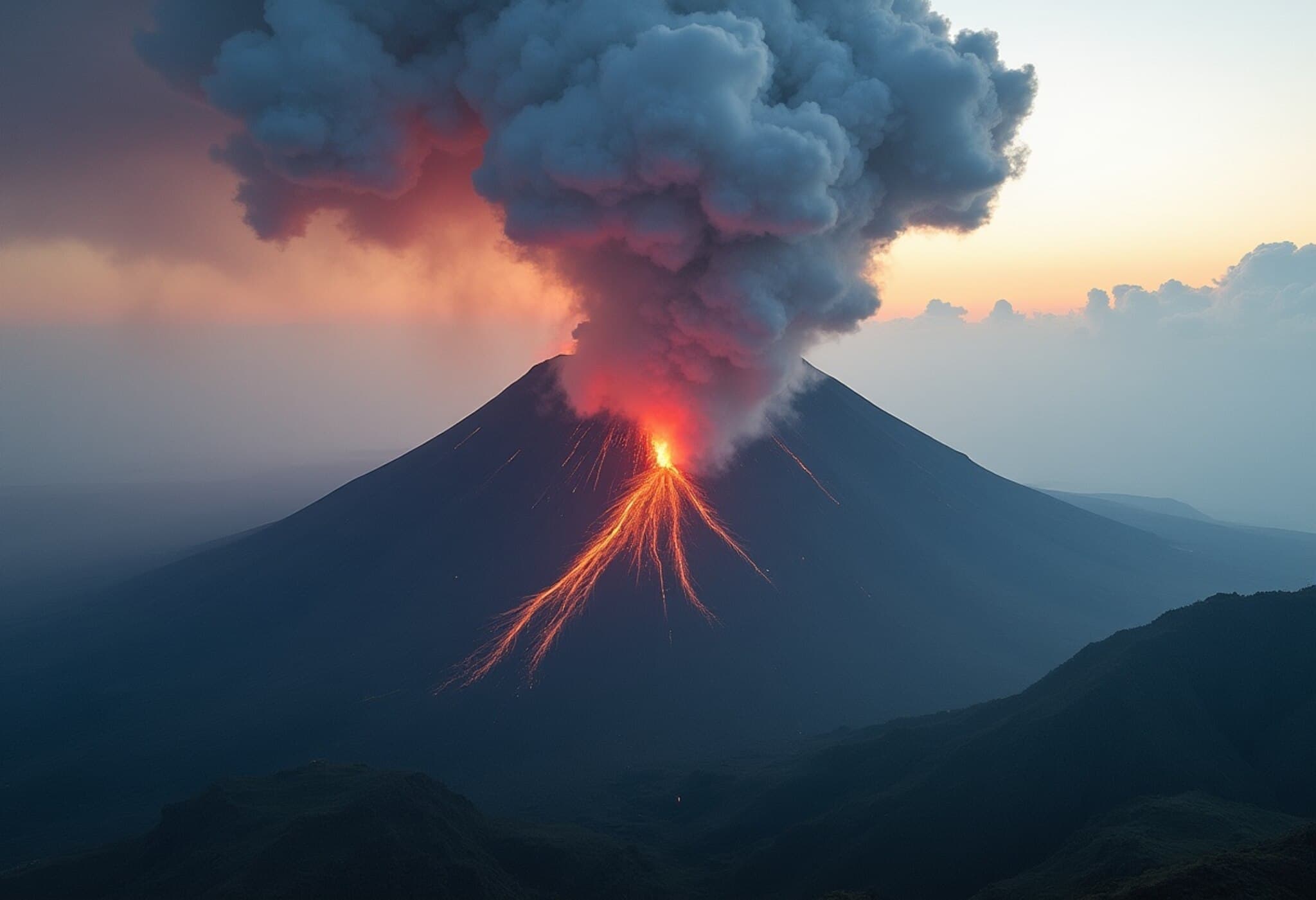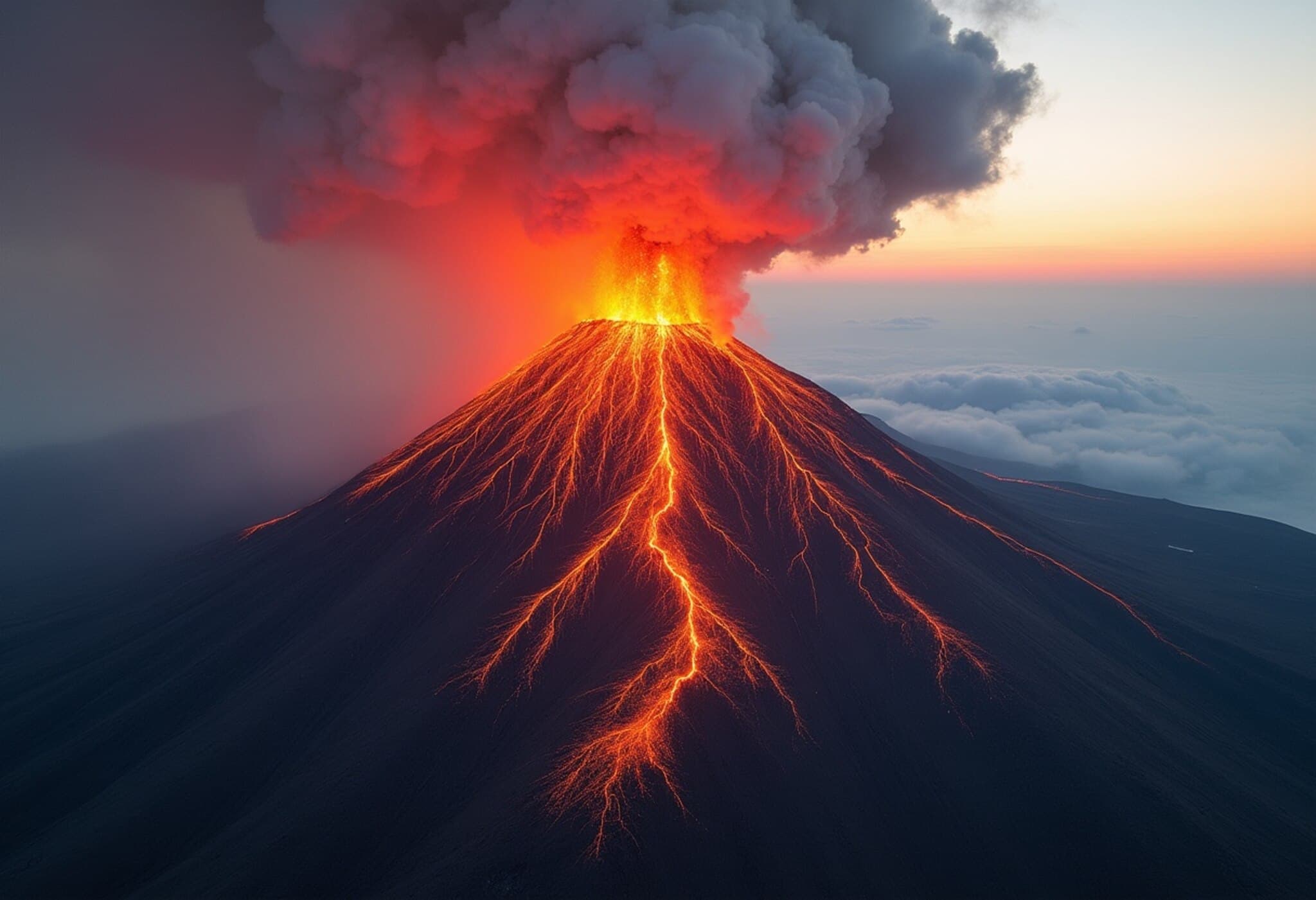Mount Etna's Volcanic Activity Forces Tourists to Evacuate
Mount Etna, one of the world's most active volcanoes situated on the Italian island of Sicily, experienced a significant eruption overnight that continued into Monday, June 2, 2025. The event led to the rapid evacuation of tourists from the area as ash, volcanic rocks, and hot gases surged several kilometers into the atmosphere.
Details of the Eruption and Observations
The National Institute of Geophysics and Volcanology Observatory reported that the eruption is the most intense since 2014, featuring increasing explosive activity paired with visible lava and fire. Loud blasts were heard in nearby towns including Catania and Taormina, located 40 to 50 kilometers away from the volcano.
Videos circulating on social media captured crowds of tourists descending the mountain quickly following the eruption’s onset. Estimates suggest around 40 people were on the volcano’s slopes at the time.
Pyroclastic Eruption Characteristics
The volcano began releasing hot lava more actively around 1 PM local time, with the observatory describing the activity as a "pyroclastic eruption." This type of eruption involves a mixture of superheated gas, volcanic ash, small lava fragments, and rocks that can rapidly travel down the mountain slopes, posing serious hazards.
The eruption was caused by a collapse of part of the volcano’s southeast crater, which has resulted in lava flowing down its sides, a pattern observed in previous eruptions as well.
Impact on Aviation and Public Safety Measures
The Civil Protection Agency in Sicily issued a Volcanic Observatory Notice for Aviation (VONA), advising flights to avoid the area affected by volcanic emissions. While airports in Catania and Palermo remain operational, some flights originally destined for Catania have been rerouted to Palermo to maintain safety.
Fortunately, prevailing wind conditions have so far prevented volcanic ash from reaching airport premises, but authorities continue to monitor the situation closely as volcanic tremors persist.
Tourism and Regional Context
Mount Etna attracts approximately 1.5 million visitors annually, many of whom engage in hiking near the summit. The sudden eruption underscores the inherent risks of active volcanic sites and the need for vigilant monitoring and rapid response protocols to protect residents and visitors alike.



















